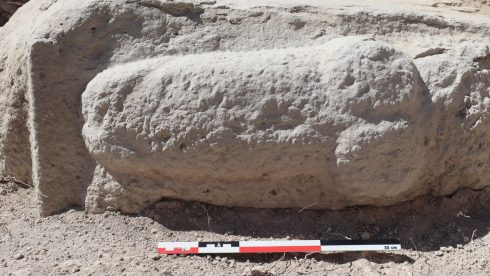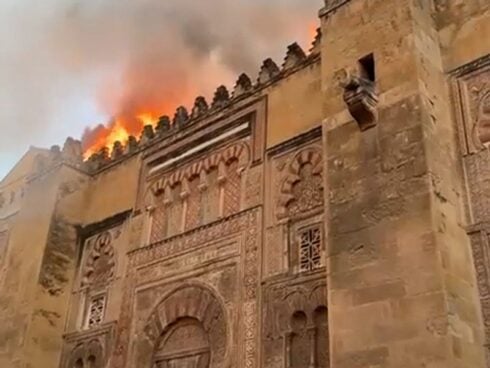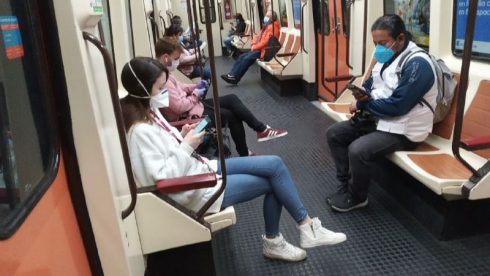A GIANT phallic carving uncovered by archaeologists at a site in Cordoba, southern Spain is believed to be one of the largest such finds dating from the Roman world.
Although depictions of the penis were a common theme used to represent fertility, bring luck and ward off the evil eye, the team digging at the Nueva Carteya site believe this particular relief carving is something more unusual.

“It was common to place them on the facades of houses or represented on small amulets worn by soldiers as a symbol of virility, but not of such as a size the one found now,” explained Andres Roldan from the Museum of Nueva Carteya and the professor leading the excavation project.
“We are consulting the bibliography and, at the moment, we have not found one of such dimensions,” he said.

The relief carved on a limestone block measures close to half a metre in length and is thought to have formed a cornerstone of a tower on a large building crowning the hill of the Roman settlement.

Officers from the Guardia Civil have been called in to protect the site from curious onlookers and possible looters.

The site at El Higueron was partially excavated during the 1960s but archaeologists began working on the site again this summer.
READ ALSO:
- Secrets from the deep: As reservoirs dry up across Spain, long lost ancient sites are revealed
- One of Europe’s biggest megalithic sites discovered in southern Spain while planting avocados
- WATCH: Drought reveals Spain’s own Stonehenge hidden below water level in Extremadura reservoir
Click here to read more Cordoba News from The Olive Press.








